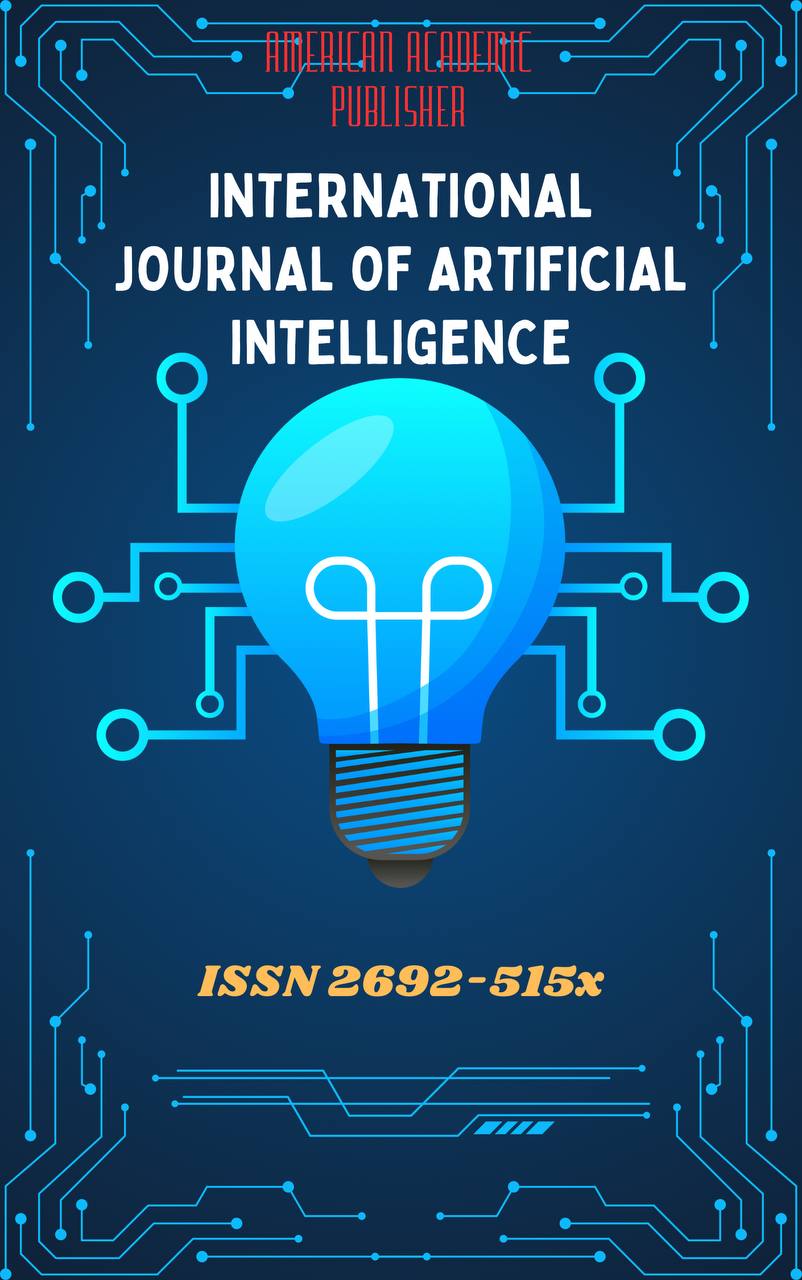 Articles
| Open Access |
Articles
| Open Access | USING MODERN METHODS IN TEACHING ENGLISH TO PRE-SCHOOL LEARNERS
Moydinova Shohida Ismailjanovna , Senior teacher of Andijan state institute of foreign languagesAbstract
The increasing global demand for English language proficiency has influenced many countries to incorporate English teaching into early childhood education. This paper explores the use of modern teaching methods in teaching English to pre-school learners (ages 3–6). It provides an in-depth analysis of contemporary pedagogical approaches, including play-based learning, storytelling, Total Physical Response (TPR), technology-enhanced instruction, and multisensory techniques. Through literature review, classroom observation, and teacher interviews, this study highlights the benefits, challenges, and practical applications of these methods. The findings confirm that modern methods, when developmentally appropriate and learner-centered, can significantly enhance young children’s English language learning experience.
Keywords
early childhood education, preschool, English language teaching, modern methods, play-based learning, TPR, digital tools, language acquisition
References
Asher, J. (1977). Learning Another Language through Actions: The Complete Teacher's Guidebook. Sky Oaks Productions.
Brewster, J., Ellis, G., & Girard, D. (2012). The Primary English Teacher’s Guide. Penguin English.
Cameron, L. (2001). Teaching Languages to Young Learners. Cambridge University Press.
Lenneberg, E. H. (1967). Biological Foundations of Language. Wiley.
Piaget, J. (1951). Play, Dreams and Imitation in Childhood. Norton.
Shin, J. K., & Crandall, J. (2014). Teaching Young Learners English: From Theory to Practice. National Geographic Learning.
Vygotsky, L. S. (1978). Mind in Society: The Development of Higher Psychological Processes. Harvard University Press.
Article Statistics
Downloads
Copyright License

This work is licensed under a Creative Commons Attribution 4.0 International License.

